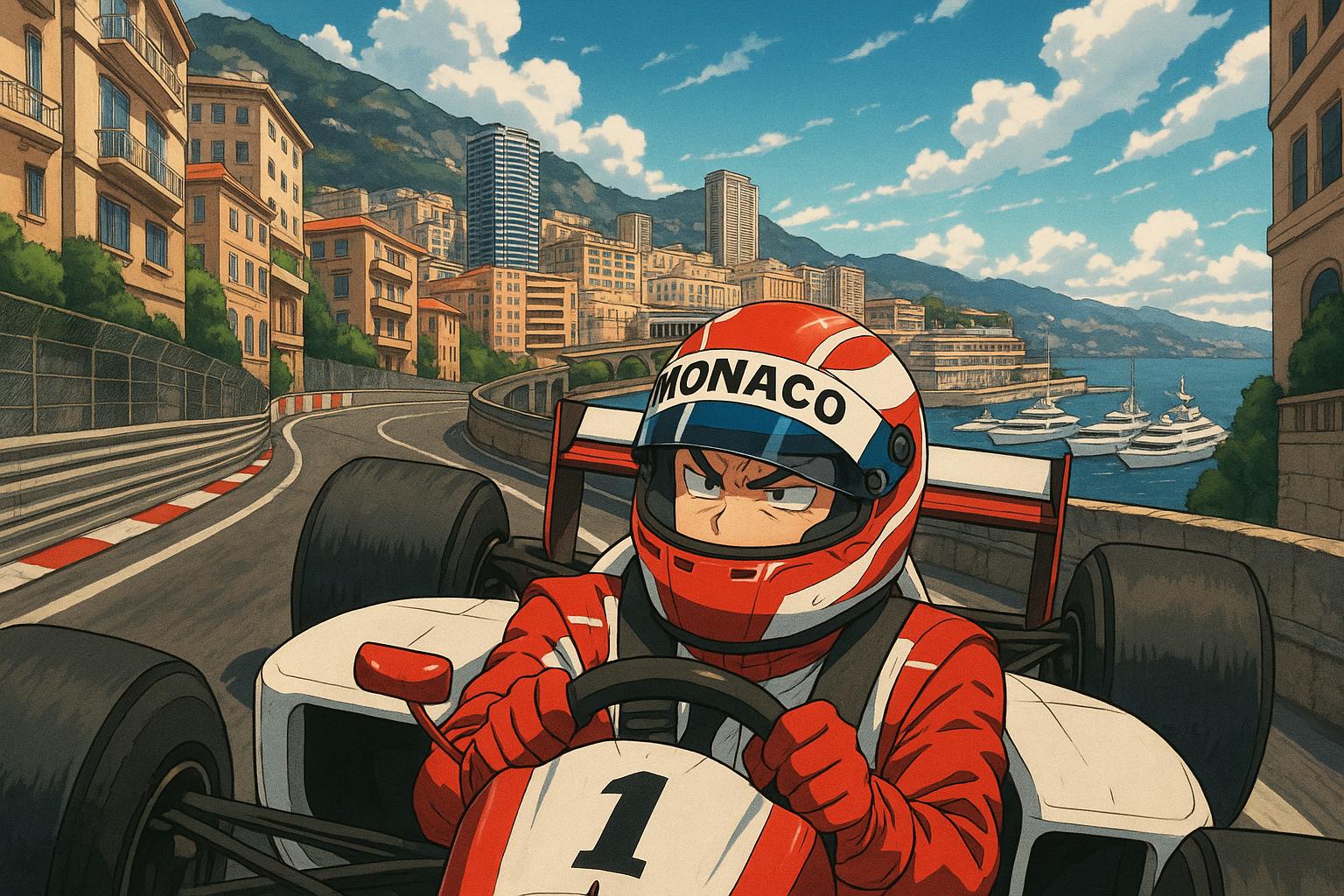George Russell’s candid reflection on his experience at the Monaco Grand Prix has reignited a long-standing debate about the race's format and the efficacy of Formula One's strategic regulations. Following an encounter with Alex Albon that resulted in a drive-through penalty, Russell openly questioned whether the prestigious race, known for its allure yet infamous for its challenging overtaking opportunities, might be better off without the traditional race altogether.
The FIA's decision to implement a mandatory two-stop rule this season was intended to enhance strategy and create excitement amid the notoriously narrow streets of Monaco. Despite these intentions, the actual impact has been less than thrilling, according to Russell. “The two-stop clearly did not work at all,” he stated, advocating instead for an alternative where Saturday's qualifying heat could be deemed as the main event, followed by another on Sunday. He mused that the existing format might be redundant, given that many spectators appear more interested in the social scene than the racing itself. "I think that’s what you guys enjoy watching the most… 99 per cent of the other people in Monaco are here sipping champagne on a yacht, so they don’t really care," he added.
This dissatisfaction echoes sentiments expressed by other drivers as well. Carlos Sainz, for instance, highlighted that the two-stop system led to manipulated race strategies among teams, significantly slowing down the pace of racing. During this year's event, Sainz, along with Albon, strategically slowed their cars to assist teammates, a tactic that ultimately compromised the integrity of competition and the racing experience itself. Sainz called for regulatory changes to prevent further exploitation of the rules, as he and his teammates lost precious time adhering to the strategy that was supposed to enhance the race.
Russell's audacious chicane-cutting move—fuelled by his frustration at being unable to overtake—has been disclosed as a symptom of a deeper malaise in the sport, where overtaking has become increasingly difficult. His boldness did not pay off in terms of points, finishing 11th, but he expressed no remorse, reflecting on the thrill of merely driving the iconic circuit. “I want to enjoy driving this track full gas. It’s one of the best circuits in the world. And that’s what I did,” he noted enthusiastically.
The race winner, Lando Norris, may have celebrated his first victory in Monaco, yet the overall finishing order remained static as the top four drivers crossed the line in their starting positions. Max Verstappen, who took fourth place, remarked that the mandated pit stops did little to alter race dynamics, calling for a revision of strategies for future events. “Maybe next year four stops,” he quipped, indicating that a fundamental change may be necessary in the sport's approach to racing in Monaco.
The 2023 Monaco Grand Prix, while historically significant, ultimately highlighted the friction between compelling racing and strategic manipulation within Formula One. The ongoing discussions amongst teams and drivers surrounding the lack of overtaking and excitement underscore the need for reform in what is arguably one of the sport's most celebrated events. As calls for continuing dialogues around the format grow louder, it remains to be seen whether Monaco will evolve to better align the thrills of racing with its prestigious heritage or whether it will continue to become a battleground for strategy over spectacle.
Reference Map:
- Paragraph 1 – [1], [2]
- Paragraph 2 – [3]
- Paragraph 3 – [1], [4]
- Paragraph 4 – [5]
- Paragraph 5 – [7]
- Paragraph 6 – [6]
Source: Noah Wire Services
